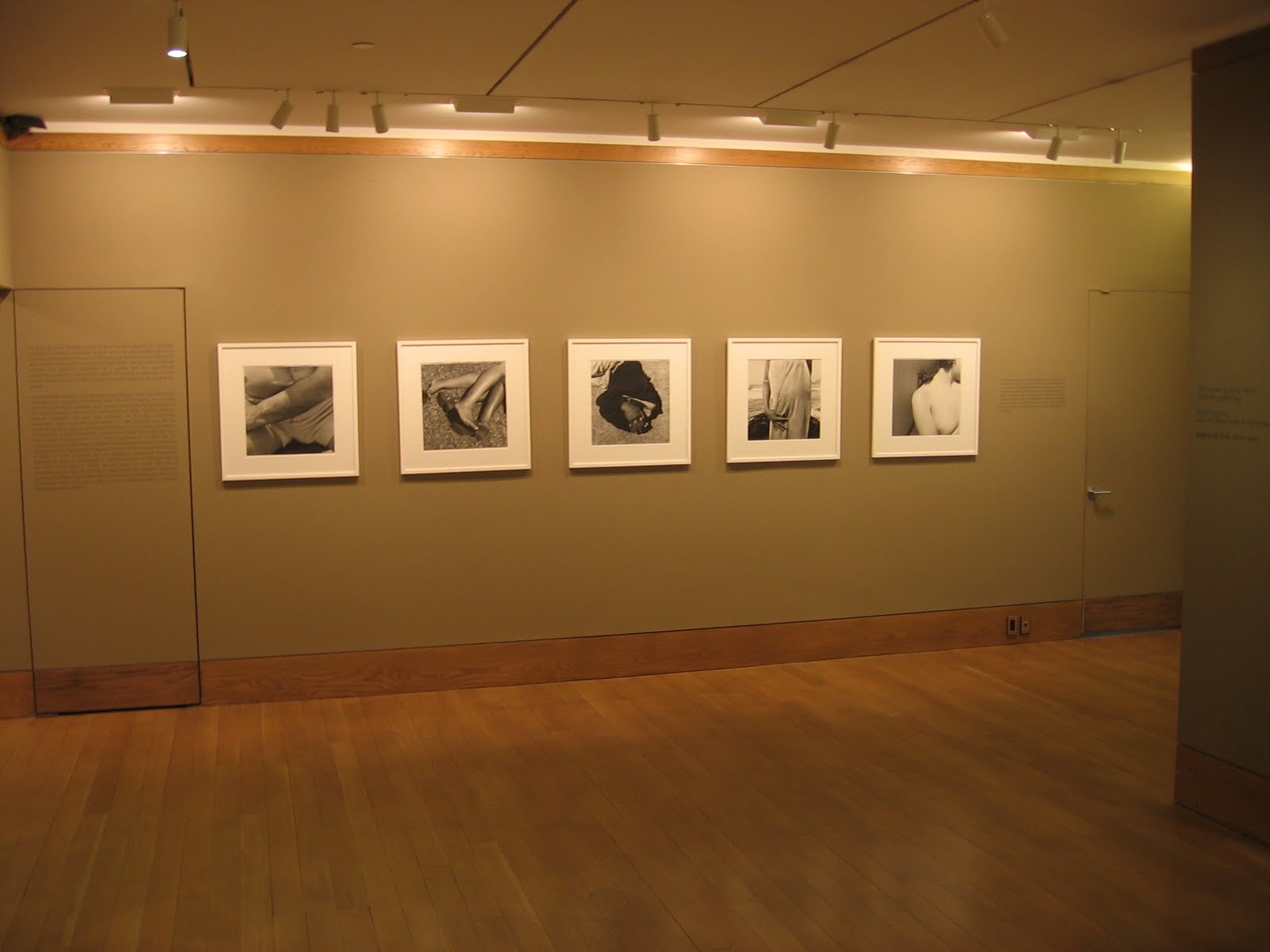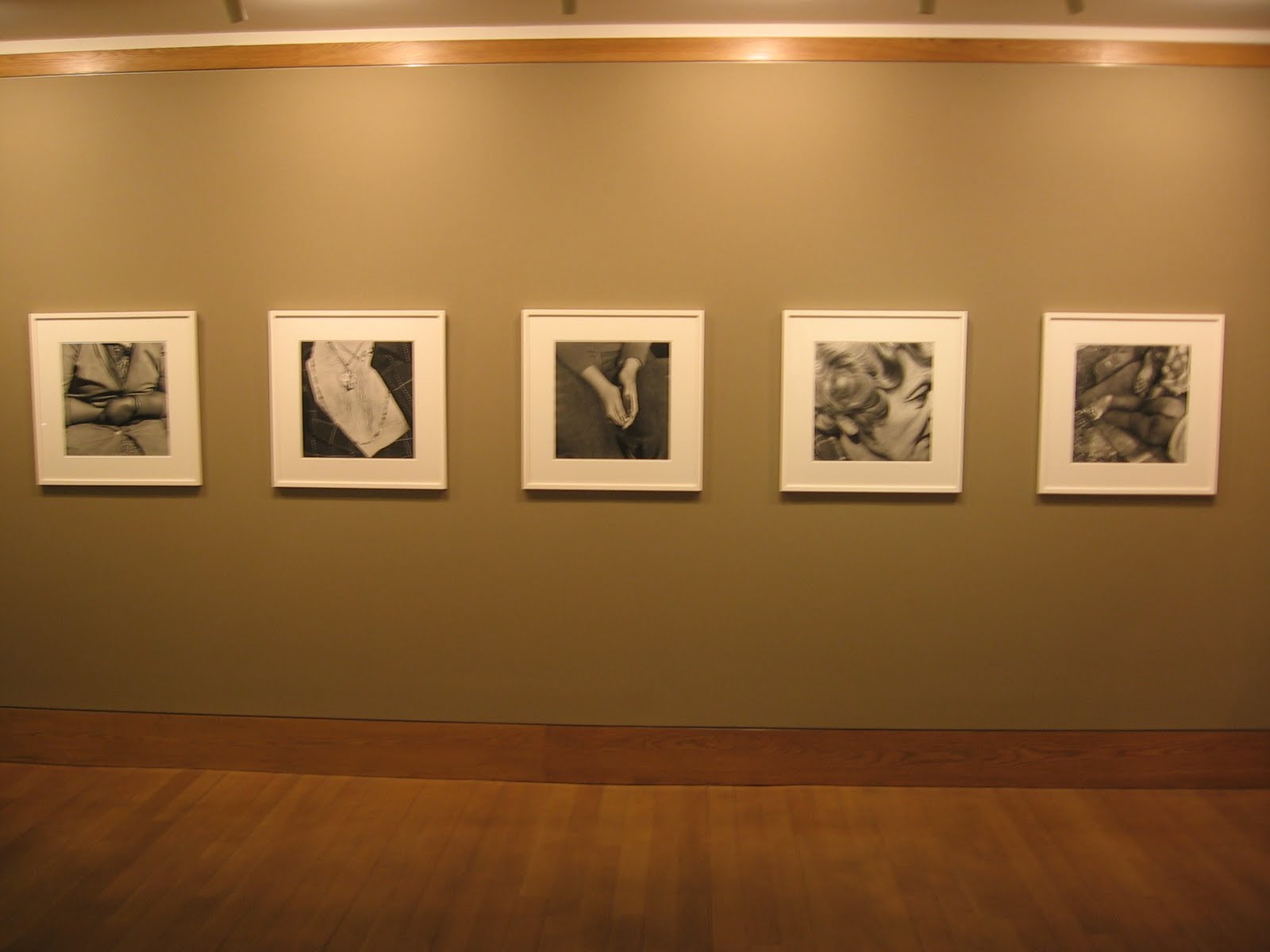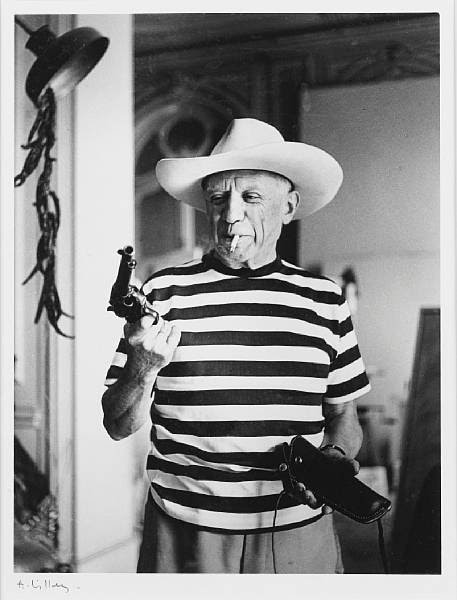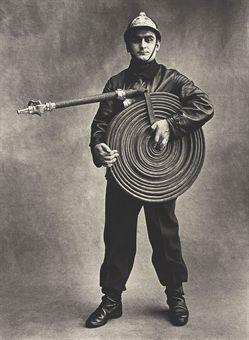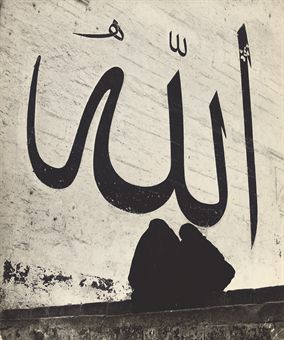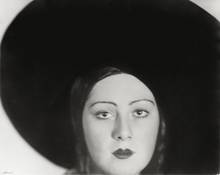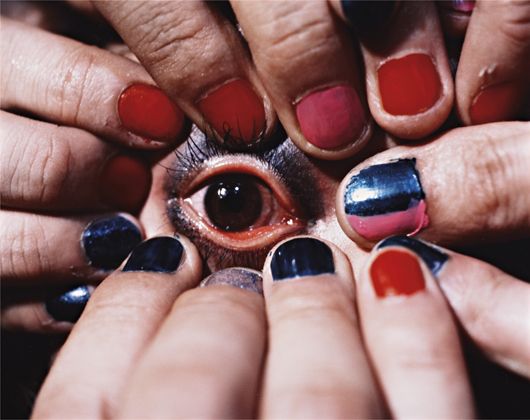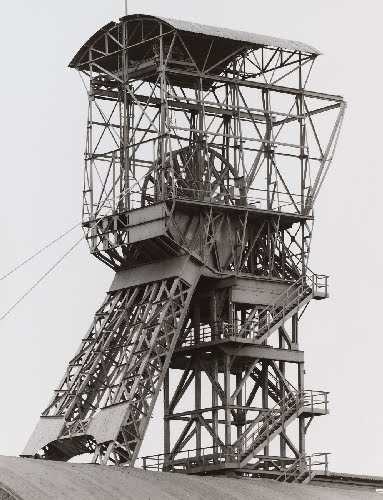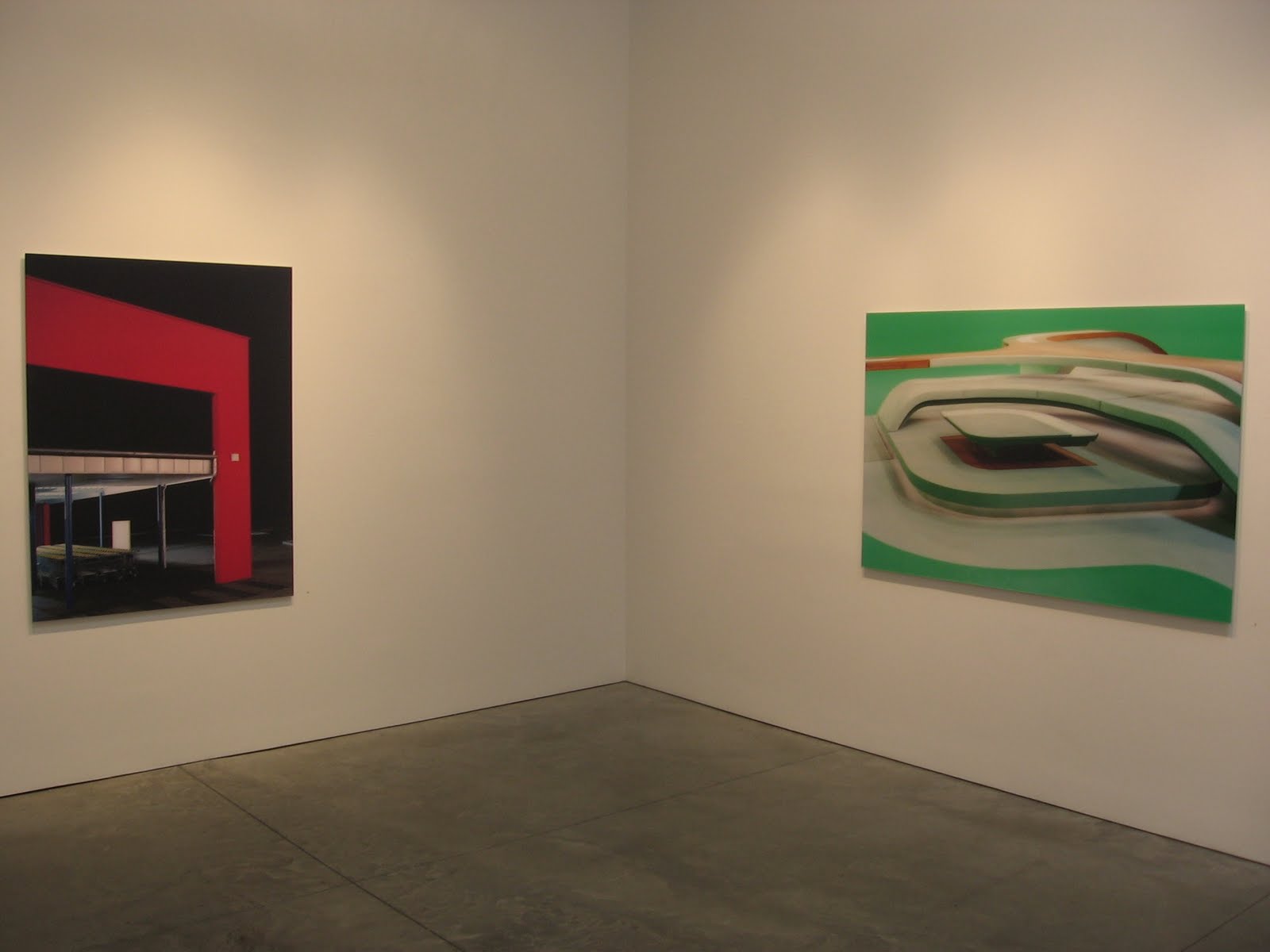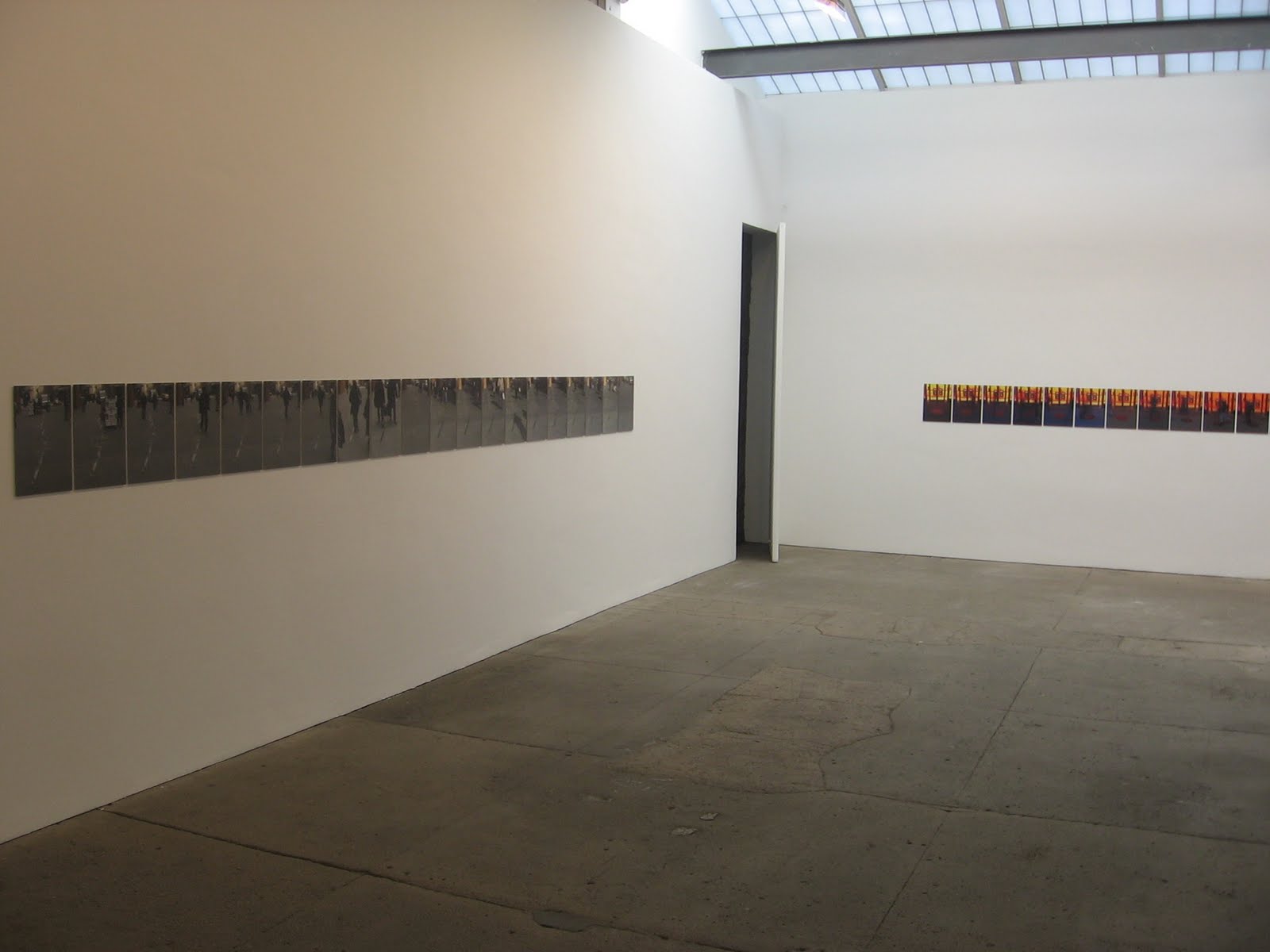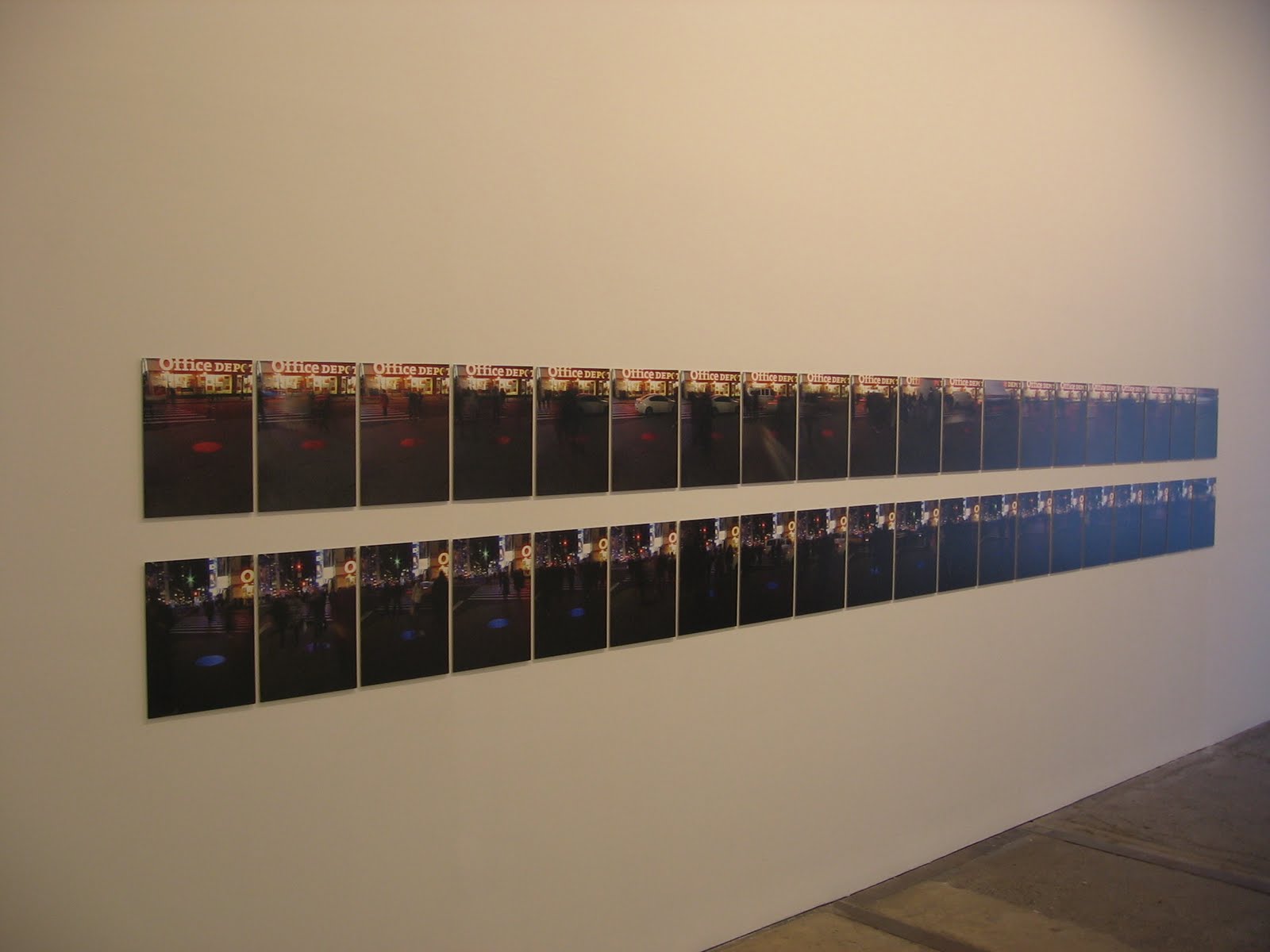 JTF (just the facts): A total of 88 black and white photographs, framed in black and matted, and hung against white walls in the entry/upstairs gallery and the larger downstairs space (separated by an angled dividing wall). All of the works are vintage gelatin silver prints, made between 1912 and 1944. The prints range in size from roughly 9×7 to 12×9. Unfortunately, no photography was allowed in the galleries, so there are no installation shots for this exhibit. (Eye Opened from Transformations of Light, Series No. 588, c 1936, at right, via UBU Gallery website.)
JTF (just the facts): A total of 88 black and white photographs, framed in black and matted, and hung against white walls in the entry/upstairs gallery and the larger downstairs space (separated by an angled dividing wall). All of the works are vintage gelatin silver prints, made between 1912 and 1944. The prints range in size from roughly 9×7 to 12×9. Unfortunately, no photography was allowed in the galleries, so there are no installation shots for this exhibit. (Eye Opened from Transformations of Light, Series No. 588, c 1936, at right, via UBU Gallery website.)
There are 23 images upstairs and 65 images downstairs, divided into five subject matter/thematic categories:
- Verwandlungen des Lichts (Transformations Through Light)
- Köpfe des Alltags (Everyday Faces)
- Jüdische Köpfe (Jewish Faces)
- Arabische Köpfe (Arabic Faces)
- Menschliche Hände (Human Hands)
What is most exciting about Lerski’s portraits is how they seem to balance an avant–garde aesthetic with a timeless, universal quality of humanity. At their best, these images take specific individuals and turn them into powerful symbols and archetypes, capable of transcending their own personal circumstances to tell stories that are relevant to all.
 Collector’s POV: The images in this exhibition are not available for individual sale. According to a gallery representative, the whole collection is for sale as one unit for approximately $1.5M. Lerski’s prints haven’t come up for auction much in recent years; the few lots that have sold have ranged in price between $2000 and $14000, but given the small sample size, this may not be entirely representative of the actual market for his work. (Arab, No. 375, c 1930s, at right, via UBU Gallery website.)
Collector’s POV: The images in this exhibition are not available for individual sale. According to a gallery representative, the whole collection is for sale as one unit for approximately $1.5M. Lerski’s prints haven’t come up for auction much in recent years; the few lots that have sold have ranged in price between $2000 and $14000, but given the small sample size, this may not be entirely representative of the actual market for his work. (Arab, No. 375, c 1930s, at right, via UBU Gallery website.)
Rating: * (one star) GOOD (rating system described here)
Through June 25th
